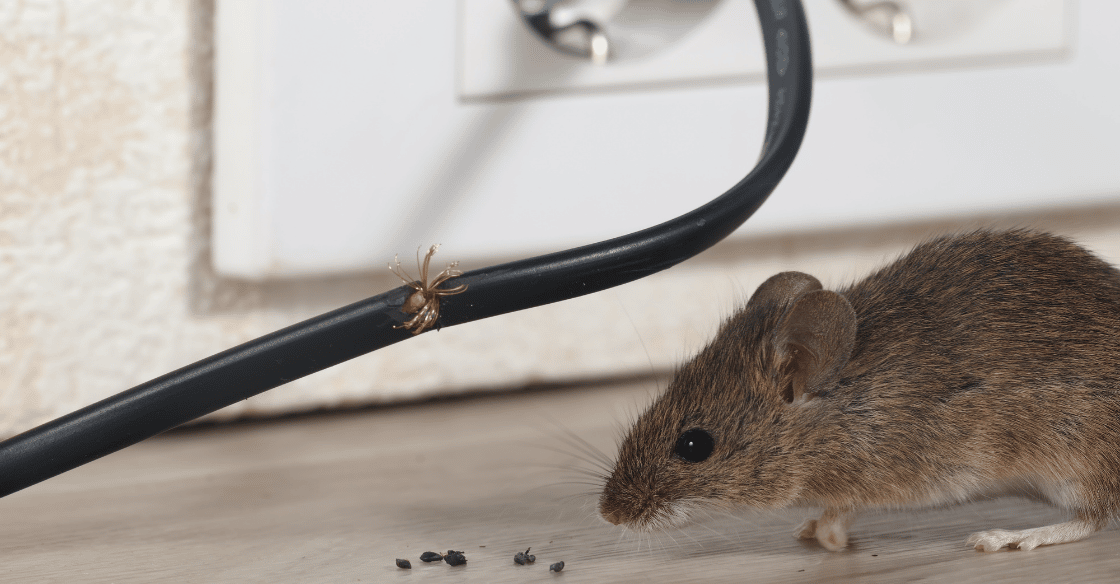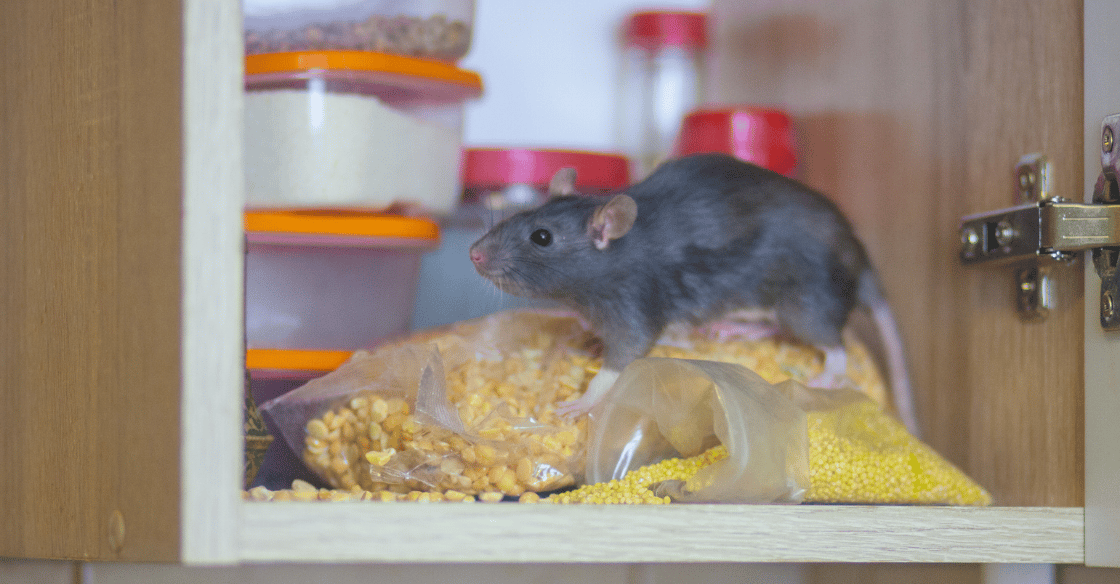A rodent infestation is many homeowners’ worst nightmare. A few mice are not the end of the world. But, if they are not dealt with, this can lead to big problems, including property damage and health issues. Here are seven signs of a rodent infestation and how to stop it.
If you can spot the signs of rodent activity and know how to stop a rodent infestation, you’ll be able to nip the problem in the bud before the infestation becomes severe.
Does Your House Have Unwanted Guests?
In most infestation cases, a live rat or mouse is rarely seen since they are small, nocturnal, and usually go out of their way to avoid humans. But that doesn’t mean they don’t leave clues of their activity behind. Keep reading to learn seven telltale signs of rodent infestation.
1. Holes in Food Packaging
Rodents are not picky eaters. They will eat anything within their reach. Make sure to regularly inspect the items in your pantry for signs of tampering. A surefire sign of rodent infestation is chewed marks or holes in food packaging.
You should pay special attention to foods in thin cardboard boxes or plastic bags—like cereal, rice, and pasta—since these materials are easy for rodents to chew through.
2. Unpleasant Odors
Rodent infestations come with musky and unpleasant odors. There are likely rodents if you notice strong urine or musky smell coming from dark or hidden places—like the back of a coat closet or behind an appliance. And as the infestation gets worse, so does the smell.
3. Droppings
Rat or mouse droppings are one of the clear signs of rodent infestation. Mouse droppings tend to be smaller, only around ¼” long, while rat droppings are larger and can be up to ¾” long.
You can usually find droppings along pathways rodents take throughout your home—along baseboards, or in areas of high activity, like cupboards.
Fresh rodent droppings are dark in color, moist, and hold their shape, whereas older droppings become dried out and lighter in color. If you spot fresh rodent droppings, you know you have an active infestation on your hands.

4. Tiny Tracks in Dusty Areas
Dusty areas in your home, like window sills, may be hiding tiny little tracks. These can be hard to spot but are a pretty good indicator of rodent activity at some point.
If you aren’t sure if you have an active infestation, you can leave a small amount of flour in areas where you suspect activity. If you see tracks in the flour the next morning, you know you had visitors overnight.
5. Strange Noises at Night
Since rodents are most active at night, that’s when you are most likely to hear them. If you hear light squeaking, scratching, gnawing, or scampering while lying in bed at night, there’s a good chance you have a rodent infestation.
If you hear noises coming from above you or in your attic, you may be dealing with roof rats. Roof rats can be trickier to deal with since they’re in a hard-to-reach area, but determining why you have roof rats is the first step in getting rid of them. Frequently, there is a small hole in your roof that they can enter through.
6. You Discover a Nest or Nesting Material
You’ve likely found a nest if you notice a clump of shredded material, especially if it has droppings in or around it. Rodents love soft and warm materials to make their nests. They will use everything from polyfill from dog toys and clumps of pet hair to shredded towels and shred paper to make a cozy home for their babies.
7. Pets Start Acting Strange
Sometimes the first sign of rodent infestation is a pet that’s acting weird. Your cat or dog may be able to smell your rodent visitors before you ever notice their existence. So don’t just dismiss your pet’s sudden interest in a particular air vent or crack in a baseboard.
How to Stop a Rodent Infestation
A coordinated three-pronged approach is the best way to stop a rodent infestation. You’ll need to seal up any rodent entry points, clean up and get rid of what they like, and then set traps along baseboards and in areas where you suspect activity.
This will help stop an active infestation and act as rodent control to prevent future infestations.
When to Get Help from the Pros
If you’ve had no success with the above steps, it’s time to get professional help. Rodent control experts can help you crack down on unwanted visitors and secure your home.
Special precautions must be taken when cleaning up after an infestation. Even if you get rid of the pests on your own, it may be worth calling in professionals to clean up.
Contact the experts at Attic Projects for professional help dealing with and cleaning up after a rodent infestation.
Checkout our Photo Gallery




